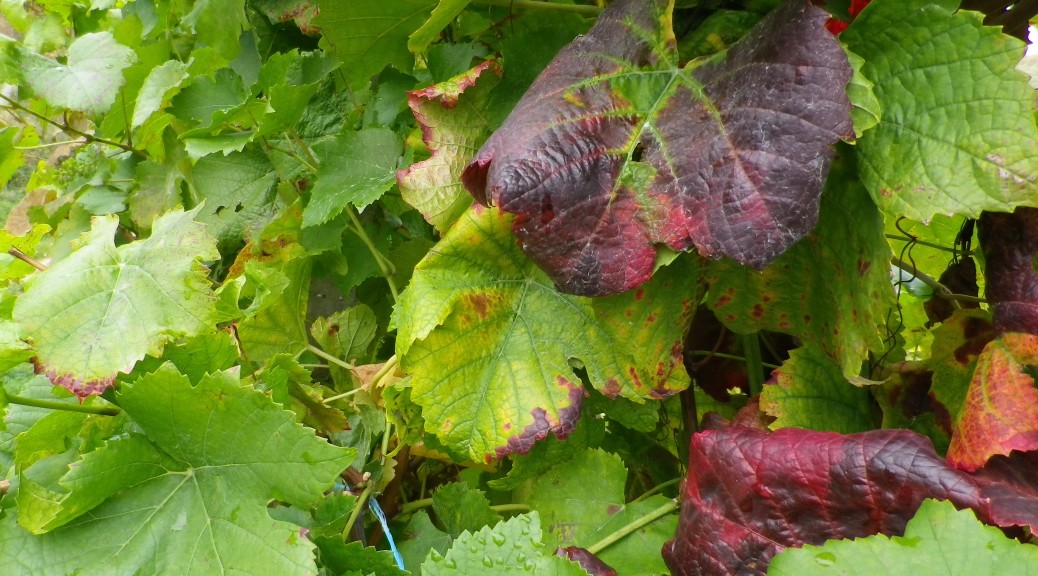What I Learned
Wine has been produced in the Pfalz since Roman times. This is especially true around Speyer. Formerly the site of a small Roman fort, as it grew, so did its wine production. As witness to this local wine production, in 1867 an intact bottle of wine was found locally in the sarcophagus of a fourth century A.D. Roman official. It was the only one of ten (!) to have withstood the ravages of time. It is now on display in the State Historical Museum in Speyer.
The tradition continued with the establishment of regional monasteries, such as the one in Wissembourg dating to the 600s. Vineyards around the area of Edesheim were acquired by and worked for this monastery. They built the first version of the Edesheim Castle, today known as Schloss Edesheim.
Over time, important dioceses’ centers in old Roman centers, such as Speyer, had an increased need for wine (because church services required wine); and the bishops sought to acquire vineyards for the raw material. In the 16th century, a bishop of Speyer purchased Edesheim Castle and its vineyards.
Today in private hands, Schloss Edesheim is still surrounded by vineyards, and its restaurant offers an interesting venue to taste their wines.
Some of the better known vineyards include the Ordensgut, between Hainfeld and Edesheim; the Trappenberg in Freimersheim (just east of Edesheim); and the Herrenbuckel in Flemlingen, south of Hainfeld.
Of the varietals cultivated here, Riesling has always played an important role, especially in the northern part of this region. Mueller Thurgau is also an important white varietal, especially in the south. Weissburgunder, Pinot Blanc, is another white wine grape that is planted here, although in far smaller quantities. As for the red varietals, there is Dornfelder, the most widely cultivated red wine grape locally. As a percentage of red wine grapes grown, it has overtaken the traditional favorite: Portugieser. Spaetburgunder, aka Pinot Noir, represents a full 7% of the grapes planted, and is gaining in popularity.
What I Tasted
2013 Chardonnay, Pur Mineral, Qualitaetswein, Weingut Lergenmueller, Hainfeld: A dry, white wine with dark gold color; a wonderful, clean grapefruit nose; minerally, with slight sweet fruits flavors.
2013 Riesling Himmlisch, Trocken, Ernst Minges, Edesheim: A dry white wine with medium gold color; green apples and grape on the nose; tastes fruity with a mouth-watering tartness, but well-balanced overall.
2013 Gewuerztraminer, Flemlinger Herrenbuckel, Spaetlese, Deutsche Praedikatswein, Weingut Lutz: A dry white wine with medium gold color; floral nose; honey, rose and candied orange flavors; just a hint of acidity.
2012 Riesling, Alte Reben, Trocken, Weingut Rudi Moewes, Burrweiler: A dry white wine with light gold color; slight fruit nose, and mineral and fruit flavors; prickles on the tongue; well-balanced overall.
